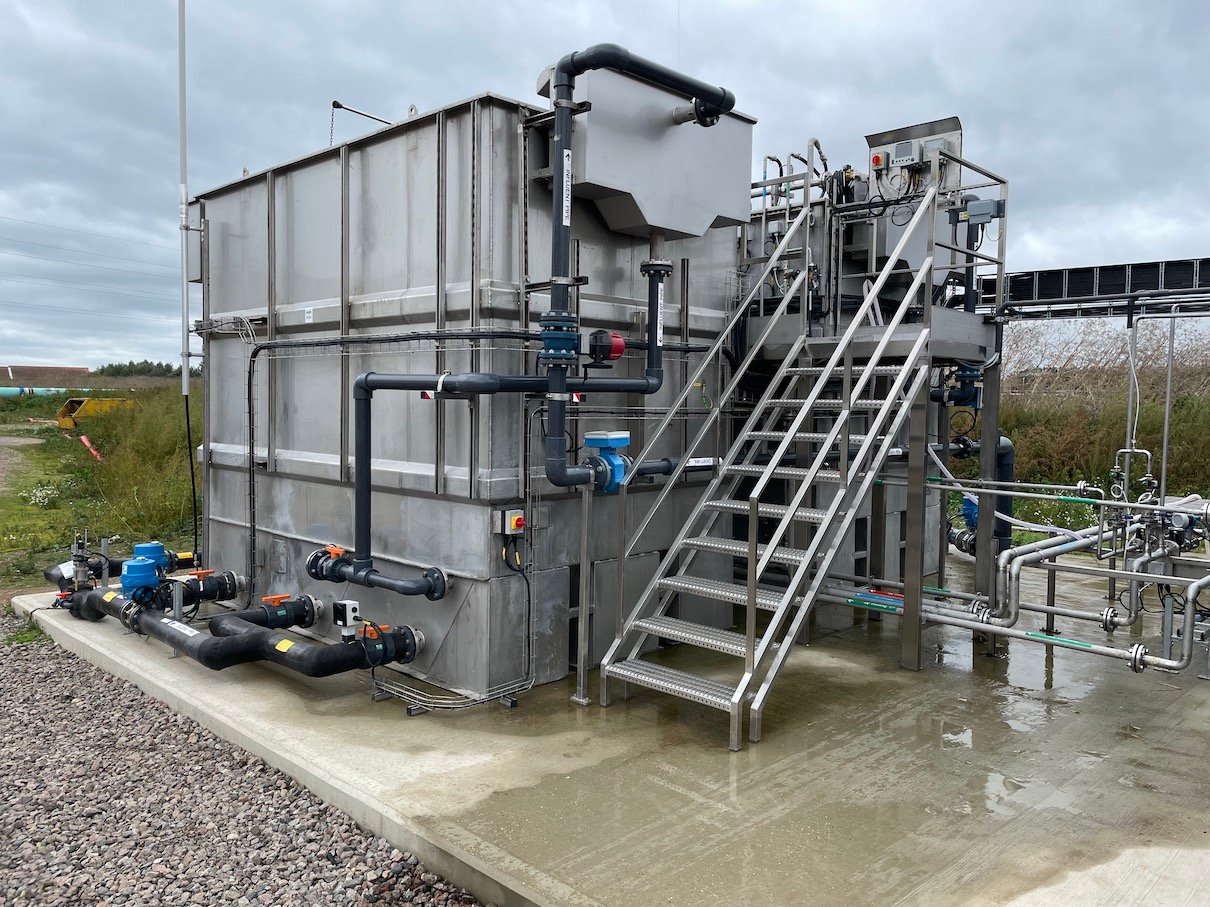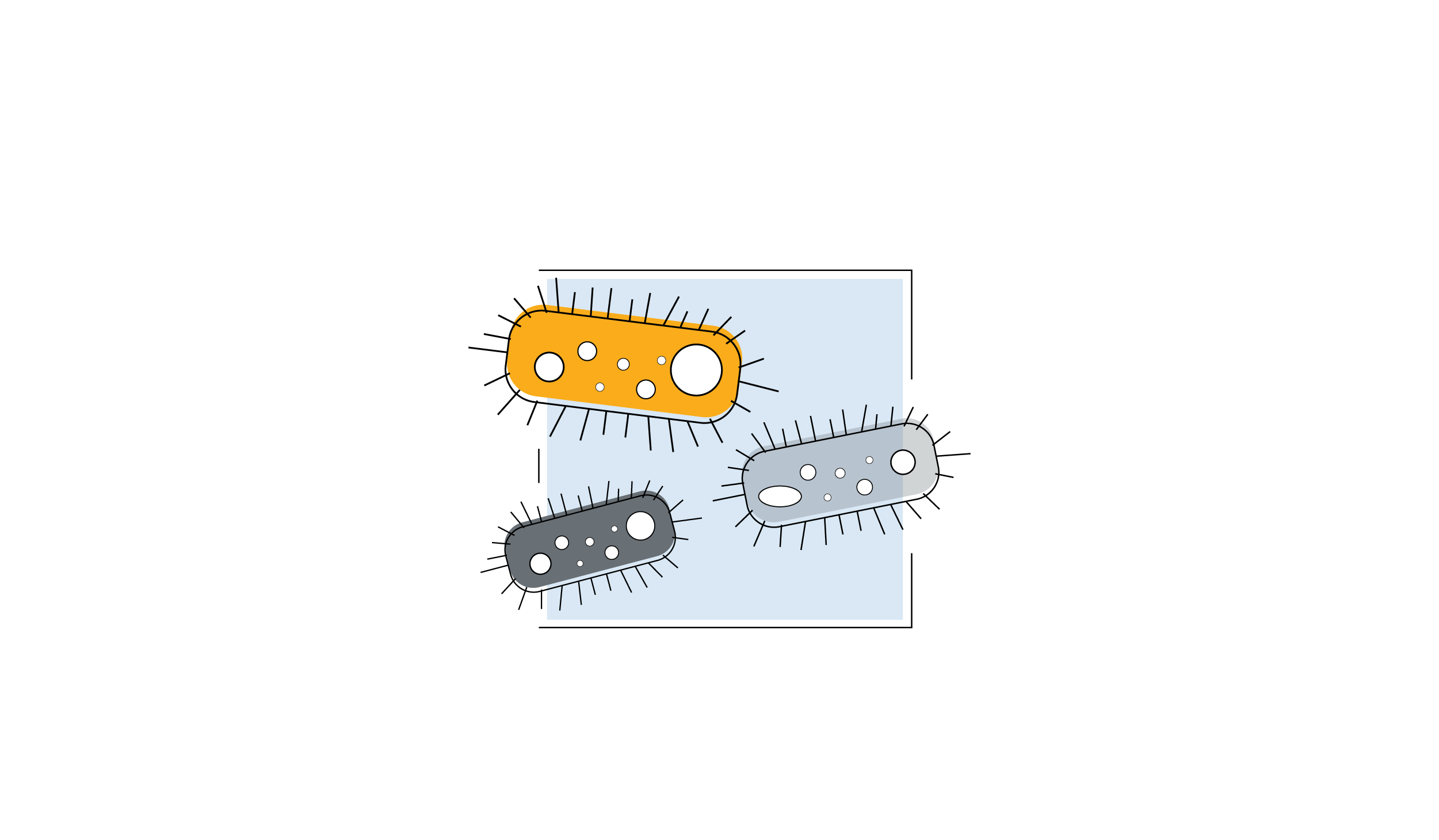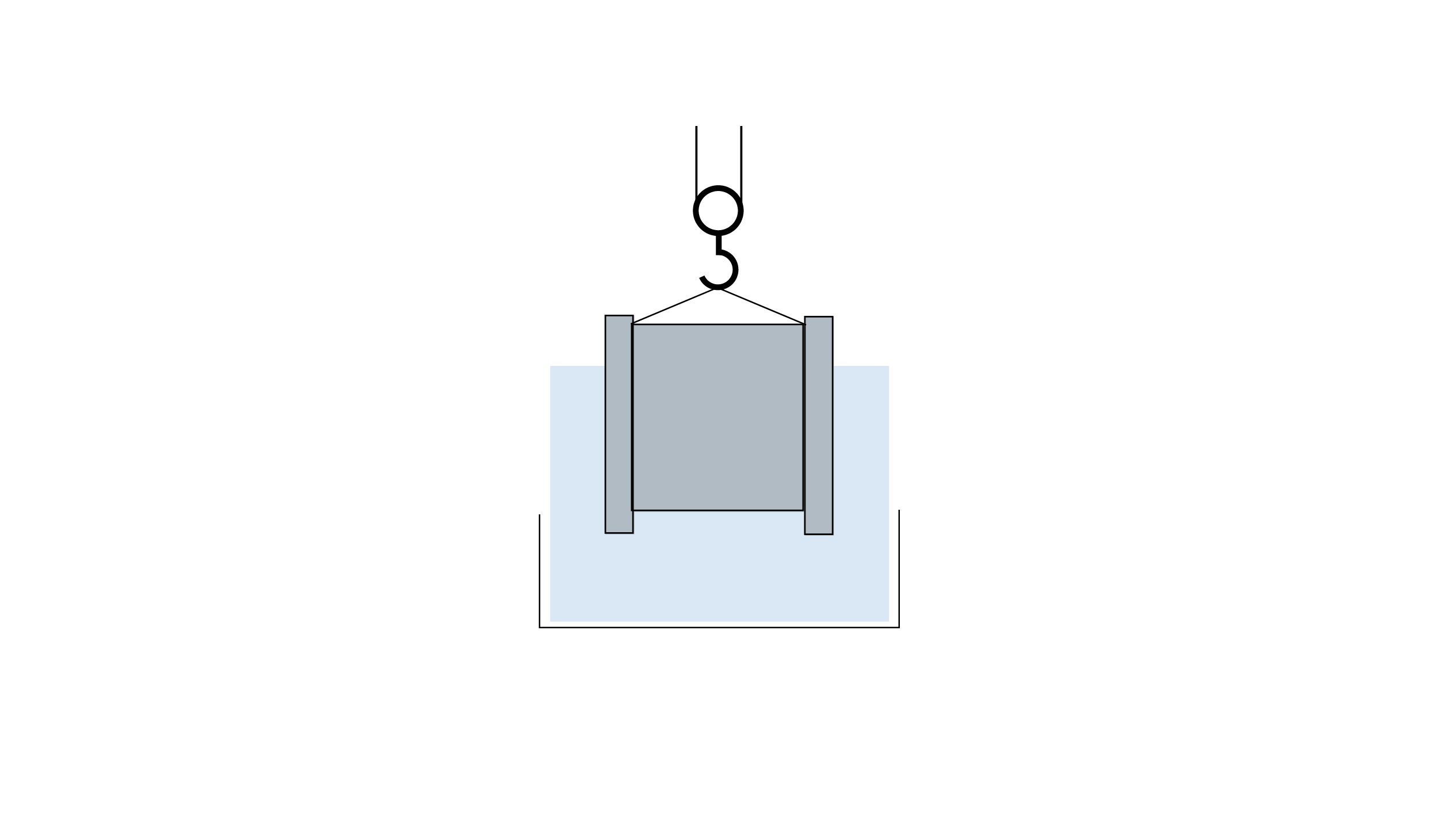Rate of global adoption of MABR continues to increase
MABR technology is now clearly considered an established and proven biological treatment technology within the wastewater industry. With almost a decade of in-the-field trials and testing, the technology has matured over recent years. As a result, it now offers end-users and operators considerable benefits when they consider upgrading legacy treatment plants or planning their future sustainable wastewater treatment or resource recovery plants.

For treatment plants in need of an upgrade due to ageing assets or ever-tightening effluent standards, MABR technology now tops the list as a proven, robust and high-efficiency contender beyond traditional upgrade solutions. Where the technology was only considered for demonstrations a few years ago, today we see a number of clients and tenders specifying MABR as the chosen, optimum solution. This shift from the "norm" is only set to continue going forward as the technology is embraced globally.
The benefits the technology offers over traditional methods cannot be denied.
- MABR often offers the ability to incrementally increase the capacity of a wastewater treatment plant without the need for additional footprint. Operators can now increase the capacity, as and when required, and no longer need to account for extremely long engineering design and construction timelines. Owners can easily future-proof plants and add more MABR units whenever process loads increase.
- MABR continues to disrupt the norm within the industry; significantly less energy is consumed when compared to traditional systems and can steer companies closer to their targeted low carbon and net zero emission goals.
- MABR is easy to operate and can be readily automated. Operator interaction is minimal; scheduled maintenance and cleaning is not required as the dense membranes have no perforations to blind over time (thus no chemical cleaning). This presents one of the lowest OPEX arrangement over the lifetime of the plant.
Several countries have now embraced MABR as a treatment solution, and multiple municipalities have witnessed the benefits it offers.
Adoption of MABR is now global, projects are underway in multiple countries on several continents.
The UK has set a goal to achieve a net zero emissions standard by 2030. To achieve this goal, the water sector has developed a net-zero 2030 route map to help support its transition to a lower emissions future. Investing in new technologies to support this goal will be essential.
The largest MABR plant is now operational by Severn Trent; one of the leading water companies in the UK. In our recent customer voices video with Severn Trent, Bob Steer chief engineer stated, "for a long while now, we've been on the hunt for solutions that help us intensify those processes and especially reduce energy."
Well-developed nations that have older plants that need upgrading to meet stricter wastewater effluent standards can benefit from the OxyMem drop-in arrangement.
Noting only a few of the other countries already moving with the technology :- Scotland, Spain, Italy, Denmark, Canada, Australia, New Zealand and the USA.
MABR is also turning heads in Asia (China, Japan and Philippines) and a recent installation in Brazil has established the world's first reuse plant that combines OxyMem MABR and ultrafiltration technology together to provide a low energy, high effluent quality standard.
If you would like to learn more about OxyMem MABR please contact the team.






